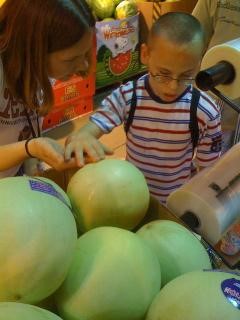Experience-Based Learning
Tell me and I will forget. Show me and I may remember. Involve me and I will understand. (Chinese Proverb)

Much of what most people learn comes from what they take in effortlessly through the distance senses of hearing and sight. This “incidental” information may seem trivial, but it guides individuals’ interactions with their environments and increases the knowledge and experience base upon which further learning occurs (Prickett & Welch, 1995, pp. 28-30).
To compensate for a lack of effortless access to information, children with deaf-blindness need highly motivating real-life experiences, instruction, and environments that help them directly experience the people, places, and things that are not readily available.
See also: Concept Development
Reference
Prickett, J. G., & Welch, T. R. (1995). Deaf-blindness: Implications for learning, In K. M. Huebner, J. G. Prickett, T. R. Welch, & E. Joffee (Eds.), Hand in hand: Essentials of communication and orientation and mobility for your students who are deaf-blind, pp. 25-60). AFB Press.
KEEP EXPLORING